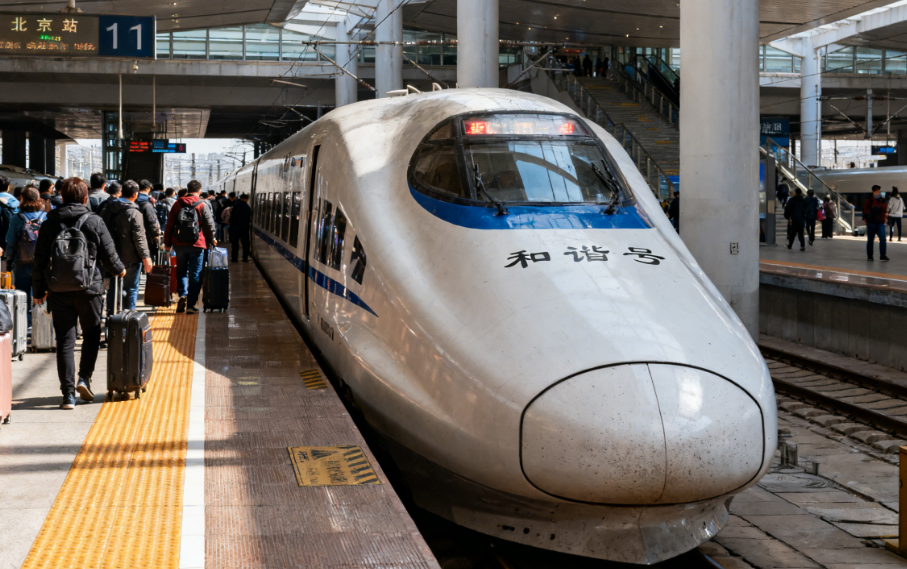
Beijing Transportation Guide: Navigate the Capital Like a Local
During my two years living and working in Beijing, I’ve mastered the art of getting around this sprawling metropolis—whether darting across town for a morning meeting, hiking to the Great Wall for a weekend adventure, or exploring hidden hutongs on a lazy afternoon.
Beijing Transportation Guide: Navigate the Capital Like a Local
During my two years living and working in Beijing, I’ve mastered the art of getting around this sprawling metropolis—whether darting across town for a morning meeting, hiking to the Great Wall for a weekend adventure, or exploring hidden hutongs on a lazy afternoon. Beijing’s transportation system is a fascinating mix of ancient and modern: rickshaws glide past skyscrapers, high-speed subways run beneath imperial palaces, and electric bikes weave through crowds of pedestrians. What surprises most visitors is how efficient and affordable it is, once you learn the ropes. This guide will take you through every major transportation option, with insider tips to help you avoid delays, save money, and travel like a true Beijinger.
1. Subway: The Backbone of Beijing’s Transportation
Without a doubt, the Beijing Subway is the best way to get around the city center. It’s fast, reliable, and covers almost every tourist attraction—from the Forbidden City to the Temple of Heaven. I once calculated that a subway ride from my apartment in Chaoyang to Tiananmen Square takes 25 minutes, while the same journey by car can take 90 minutes during rush hour. The system has 27 lines and over 450 stations, making it one of the largest in the world. Here’s everything you need to know to ride it like a pro.

How to Buy Tickets and Use the Transportation Card
The easiest way to use the subway (and buses) is with a Beijing Transportation Card (Yikatong). I bought mine at a subway station ticket office for 20 yuan (a refundable deposit) and loaded it with 100 yuan—enough for two weeks of frequent travel. You can purchase and recharge the card at any subway station ticket office or self-service machine (look for the English option). The card also works on buses, shared bikes, and even some convenience stores.
If you’re only staying for a few days, you can buy single-ride tickets from vending machines. These cost 3-10 yuan depending on the distance, and you’ll get a small plastic token to swipe at the turnstile. Keep the token—you’ll need it to exit! Pro tip: Avoid buying tickets during peak hours (7:30-9:00 a.m. and 5:30-7:00 p.m.), as the lines at vending machines can be long. Download the Beijing Subway app (available in English) to check routes, station exits, and real-time arrival times.
Key Lines for Tourists
With so many lines, it’s easy to get overwhelmed—but a few key lines cover most tourist spots:
Line 1: Runs east-west through the city center, stopping at Tiananmen East (for Tiananmen Square and the Forbidden City), Wangfujing (shopping and street food), and Gongzhufen (for the Military Museum).
Line 2: A circular line that connects major transportation hubs, including Beijing Railway Station, Xizhimen (for buses to the Great Wall), and Qianmen (historic street and Tiananmen Square South).
Line 4: North-south line serving the Temple of Heaven (Tiantan Dongmen Station), Xidan (shopping), and Beijing South Railway Station (for high-speed trains to Shanghai and Tianjin).
Line 15: Takes you to Wangjing West (for buses to Mutianyu Great Wall) and Olympic Park (Bird’s Nest and Water Cube).
I always use Line 1 when visiting the Forbidden City—exit at Tiananmen East and walk 5 minutes north. For the Great Wall’s Mutianyu section, Line 15 to Wangjing West is my go-to, as it connects directly to the 916 bus (more on that later).
Subway Etiquette and Tips
Beijing subway stations can get extremely crowded during peak hours, so knowing a few etiquette rules will make your trip smoother. First, let passengers exit before boarding—there’s usually a queue on either side of the door. Avoid blocking the door, as this can delay the train. Second, give up your seat to elderly people, pregnant women, or those with children—locals will appreciate this gesture. Third, keep your belongings close—pickpockets are rare but can target crowded cars.
Other tips: Most stations have elevators and ramps for luggage, but some older stations don’t—check the app before you go. All stations have security checks (like airports), so allow extra time if you’re carrying a bag. Finally, note that subway trains stop running between 10:30 p.m. and 11:30 p.m. depending on the line—plan your evening trips accordingly.
2. Buses: Affordable and Scenic for Longer Routes
While the subway is faster, Beijing’s bus system is great for reaching areas the subway doesn’t cover—like the Great Wall, suburban parks, or remote hutongs. Buses are also incredibly cheap: a single ride costs just 1 yuan with a Transportation Card (2 yuan without). I’ve spent many afternoons taking bus routes that wind through old neighborhoods, watching locals chat, vendors sell snacks, and life unfold outside the window.
Types of Buses and How to Ride Them
Beijing has several types of buses, each marked by a color or number:
Regular Buses (Blue or Green): Cover most urban areas, with stops every 500-800 meters. They’re slow but convenient for short trips.
Express Buses (Red or Yellow): Skip small stops and travel between major hubs. Great for longer trips, like from the city center to the airport.
Suburban Buses (3-Digit Numbers Starting with 9): Travel to suburban areas, including the Great Wall (916 to Mutianyu, 877 to Badaling) and Ming Tombs (314).
Night Buses (Prefixed with “Y”): Run from 11 p.m. to 5 a.m. for late-night travelers.
To ride a bus, swipe your Transportation Card when you board (and sometimes when you exit—look for the sign). If you don’t have a card, pay cash to the driver. The Beijing Bus app (English version available) shows real-time bus locations, routes, and stop information. I once used it to track a 916 bus to Mutianyu—it told me exactly when the bus would arrive, so I didn’t have to wait in the cold.

Top Bus Routes for Tourists
Here are my favorite bus routes for sightseeing:
Bus 916 (Express): Departs from Wangjing West Subway Station (Line 15) to Mutianyu Great Wall. The trip takes 1.5 hours and costs 12 yuan. It’s much cheaper than a taxi or tour bus!
Bus 877: From Deshengmen Bus Station (Line 2) to Badaling Great Wall. Takes 1 hour, costs 12 yuan. Note: Deshengmen has many fake buses—look for the official 877 stop with the green sign.
Bus 103: Runs from Beijing Railway Station to Xizhimen, passing through Tiananmen Square, Wangfujing, and Beihai Park. It’s a great way to see downtown Beijing without walking.
3. Taxis and Rideshares: Convenient for Short Trips
Taxis are a convenient option for short trips, late nights, or when you’re carrying luggage. I usually take a taxi from the airport to my apartment (about 40 yuan) or from a subway station to a remote hutong. Beijing’s taxis are red, blue, or green, with a meter on the dashboard—always make sure the driver turns it on.
How to Take a Taxi
To hail a taxi, stand on the side of the road and wave—drivers will stop if they’re available (look for the “For Hire” sign on top). You can also find taxis at designated stands outside subway stations, airports, and hotels. The starting fare is 13 yuan for the first 3 kilometers, then 2.3 yuan per kilometer after that. A 10-kilometer trip costs about 30-40 yuan.
Pro tip: Have your destination written in Chinese (ask your hotel to write it down) or show it on a translation app—most taxi drivers don’t speak English. Avoid taxis that refuse to use the meter—these are often unlicensed and will overcharge you. If you have a problem, take a photo of the taxi’s license plate (usually on the dashboard) and call the police at 110.
Rideshares: Didi Chuxing (China’s Uber)
For a more convenient option, use Didi Chuxing—China’s leading rideshare app. I use Didi every week, and it’s much easier than hailing a taxi. Download the app (available in English), register with your phone number, and link a payment method (Alipay, WeChat Pay, or credit card). You can choose from several options:
Didi Express: Standard rideshare, cheapest option.
Didi Comfort: Larger cars for more space.
Didi Premier: Luxury cars (BMW, Mercedes) for special occasions.
Didi Hitch: Carpooling option for long trips (cheaper but slower).
The app shows the estimated fare and arrival time before you book. I once used Didi to go from Shichahai to the 798 Art District—it cost 25 yuan and the driver arrived in 2 minutes. You can also book a ride in advance, which is great for early-morning airport trips.
4. Shared Bikes and Electric Bikes: Explore Hutongs Like a Local
If you want to experience Beijing’s hutongs (narrow alleyways) and lakeside areas, shared bikes are the perfect choice. They’re cheap, flexible, and allow you to stop whenever you see a interesting shop or restaurant. I’ve spent entire weekends cycling around Shichahai Lake, stopping for jianbing at a street stall or tea in a courtyard.
How to Use Shared Bikes
Beijing has several shared bike companies, including Mobike and Hellobike. To use them, download the company’s app, register, and scan the QR code on the bike. Most bikes cost 2 yuan per 30 minutes. When you’re done, park the bike in a designated area (look for white lines on the ground)—don’t block sidewalks or subway entrances.
Pro tip: Avoid shared bikes during peak hours in the city center—traffic is heavy and it’s hard to navigate. The best areas to cycle are Shichahai, Nanluoguxiang, Olympic Park, and the hutongs around Qianmen. Always wear a helmet (some bikes have them, but it’s better to bring your own) and follow traffic rules—cyclists ride on the right side of the road.
Electric Bikes (E-Bikes)
For longer trips, try a shared electric bike (e-bike). They’re faster than regular bikes (up to 20 km/h) and require less effort. Most e-bikes cost 3 yuan for the first 15 minutes, then 1 yuan per 10 minutes after that. The app will show you where to charge the bike if the battery is low.
I use e-bikes to go from my apartment to the grocery store or to explore suburban parks. Just be careful—some e-bike riders go very fast, so stick to bike lanes when possible.
5. Long-Distance Travel: Trains and Airports
Beijing is the hub of China’s transportation network, so it’s easy to travel to other cities by train or plane. I’ve taken high-speed trains to Tianjin (30 minutes), Shanghai (4.5 hours), and Xi’an (5 hours)—they’re faster and more comfortable than flying for short distances.
Trains: High-Speed and Regular
Beijing has four major railway stations:
Beijing South Railway Station: Serves high-speed trains to Tianjin, Shanghai, Nanjing, and Hangzhou. Connected to Line 4 and Line 14 of the subway.
Beijing West Railway Station: Serves high-speed and regular trains to Xi’an, Guangzhou, and Chengdu. Connected to Line 9 and Line 7.
Beijing Railway Station: Serves regular trains to Harbin and other northern cities. Connected to Line 2.
Beijing North Railway Station: Serves trains to Zhangjiakou (for the Great Wall at Badaling and Chongli ski resort). Connected to Line 2 and Line 13.
To buy train tickets, use the 12306 app (English version available) or visit the station ticket office. High-speed trains have two classes: Second Class (comfortable, with reclining seats) and First Class (more space, free snacks). I usually book Second Class—it’s affordable (35 yuan to Tianjin, 553 yuan to Shanghai) and comfortable enough for long trips.
Pro tip: Book tickets 15 days in advance (the maximum booking period) for popular routes, especially during holidays like Spring Festival or National Day.
Airports: Beijing Capital International Airport (PEK) and Daxing International Airport (PKX)
Beijing has two international airports:
Beijing Capital International Airport (PEK): Located 25 kilometers northeast of the city center. It has three terminals—Terminal 3 is the largest, serving most international flights. To get to the city center, take the Airport Express (25 yuan, 30 minutes to Dongzhimen Subway Station), a taxi (about 100 yuan, 40 minutes), or Didi (80-100 yuan).
Beijing Daxing International Airport (PKX): Opened in 2019, located 46 kilometers south of the city center. It’s one of the largest airports in the world, with a stunning star-shaped terminal. To get to the city center, take the Daxing Airport Express (35 yuan, 20 minutes to Caoqiao Subway Station), a taxi (about 150 yuan, 1 hour), or Didi (120-150 yuan).
I prefer Daxing Airport for international flights—it’s less crowded than PEK and has better facilities (free Wi-Fi, charging stations, and more restaurants). Both airports have currency exchange, luggage storage, and information desks with English-speaking staff.
6. Special Transportation: Rickshaws and Sightseeing Buses
For a unique experience, try Beijing’s special transportation options—rickshaws for hutong tours and sightseeing buses for city-wide exploration. These are more expensive than regular transport, but they’re great for tourists who want to relax and take in the sights.
Rickshaws: Hutong Tours in Style
Rickshaws (sanlunche) are three-wheeled bikes with a passenger seat, and they’re the perfect way to explore Beijing’s hutongs. I took a rickshaw tour in Shichahai with a driver named Mr. Li, who grew up in the area. He took me through narrow alleyways, pointed out historic courtyard houses, and even stopped at his friend’s tea shop for a cup of jasmine tea.
Most rickshaw drivers offer 1-hour tours for 100-150 yuan. Make sure to negotiate the price before you start—some drivers will try to overcharge tourists. Ask your hotel to recommend a reputable rickshaw company, or look for drivers with official licenses (they’ll have a badge).
Sightseeing Buses: Hop-On, Hop-Off
Beijing has several hop-on, hop-off sightseeing bus routes that cover major tourist attractions. The buses have open tops (great for photos) and audio guides in multiple languages. I took the Red Route, which stops at Tiananmen Square, the Forbidden City, the Temple of Heaven, and the Summer Palace.
Tickets cost about 100 yuan for 24 hours, and you can get on and off as many times as you want. The buses run every 30 minutes, and the stops are clearly marked. This is a great option if you want to visit multiple attractions in one day without worrying about navigation.
7. Practical Tips for Navigating Beijing
Best Apps for Travelers
Beijing Subway: Real-time subway routes, exits, and arrival times (English available).
Beijing Bus: Track buses and plan routes (English available).
Didi Chuxing: Rideshare app (English available).
12306: Buy train tickets (English available).
Google Maps/Amap: For navigation—Amap is more accurate in China.
Peak Hours to Avoid
Beijing’s traffic is worst during rush hours: 7:30-9:00 a.m. and 5:30-7:00 p.m. If possible, avoid traveling by car or bus during these times. The subway is still crowded, but it’s faster than driving. On weekends, tourist areas like Tiananmen Square and the Forbidden City get very busy—arrive early (before 8 a.m.) to avoid crowds.
Payment Tips
Most transportation options accept digital payments (Alipay and WeChat Pay). Link your credit card to these apps before you arrive—they’re much more convenient than cash. Carry a small amount of cash (100-200 yuan) for small purchases or in case of power outages.
Accessibility
Beijing’s transportation system is becoming more accessible. Most new subway stations have elevators, ramps, and accessible restrooms. Taxis and Didi cars can accommodate wheelchairs—select the “accessible” option in the Didi app. If you need help, ask subway staff (many speak basic English) or your hotel concierge.
Final Thoughts
Navigating Beijing’s transportation system may seem daunting at first, but with a little preparation, it’s easy to travel like a local. The subway is your best friend for city center trips, buses are great for suburban adventures, and shared bikes let you explore hutongs at your own pace. Don’t be afraid to ask for help—locals are usually happy to point you in the right direction, even if they don’t speak English.
During my time in Beijing, some of my best memories came from transportation: watching the sunrise over the Great Wall from a 916 bus, chatting with a rickshaw driver about his childhood in hutongs, and sharing a laugh with a taxi driver who tried to teach me Chinese phrases. Transportation isn’t just a way to get from A to B—it’s a way to connect with the city and its people.
So grab your Transportation Card, download the apps, and get ready to explore Beijing. Whether you’re zipping through a subway tunnel or cycling past a courtyard house, every trip will be an adventure.
Corresponding Image Suggestions (with Descriptions)
Beijing Subway Station at Rush Hour: A bustling subway platform with commuters waiting for a train. The station has modern signage in both Chinese and English, and the train is approaching with its lights on.
Transportation Card and Single-Ride Token: A close-up of a blue Beijing Transportation Card and a small plastic subway token, placed on a map of Beijing’s subway system.
Bus to Mutianyu Great Wall: A green 916 bus parked at Wangjing West Subway Station, with passengers loading luggage. The sign on the bus reads “Mutianyu Great Wall” in Chinese and English.
Beijing Taxi on a Hutong Street: A red taxi driving through a narrow hutong, with red lanterns hanging above and locals walking on the sidewalk. The taxi’s meter is visible through the window.
Didi App Interface: A smartphone screen showing the Didi Chuxing app in English, with a booked ride and estimated arrival time. The background shows a Beijing street scene.
Shared Bikes in Shichahai: A row of shared bikes parked along the banks of Shichahai Lake. In the background, people are walking and a traditional Chinese pavilion is visible.
Beijing South Railway Station High-Speed Train: A sleek white high-speed train at Beijing South Railway Station. Passengers are boarding with luggage, and the station’s modern glass exterior is in the background.
Daxing International Airport Terminal: The interior of Daxing Airport’s star-shaped terminal, with sunlight streaming through the glass roof. Passengers are walking with luggage, and there are shops and restaurants visible.
Rickshaw Tour in Hutongs: A rickshaw driver pulling a passenger through a narrow hutong. The hutong has traditional gray brick walls, and a local resident is standing at the entrance of a courtyard house.
Hop-On Hop-Off Sightseeing Bus: An open-top red sightseeing bus stopped at Tiananmen Square. Tourists are taking photos from the top deck, and the Tiananmen Gate is visible in the background.
Recommended

A Journey of Taste and Heart: My Wandering Through Chinese Culture
When I clutched the visa emblazoned with the Great...
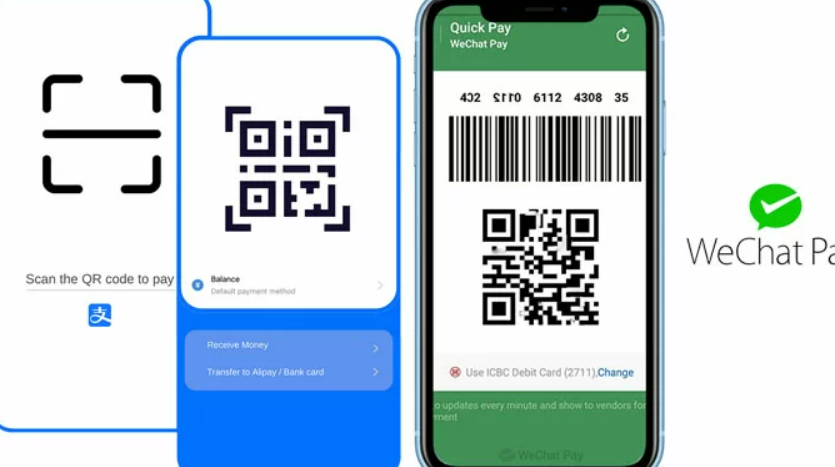
Expert Guide: Mastering Mobile Payments in China (2025 Edition)
Below is an English guide designed for your intern...

Best Places to Visit in China: My Journey Through History, Nature, and Modernity
Over the past five years, I’ve traveled to more th...

Beijing Transportation Guide: Navigate the Capital Like a Local
During my two years living and working in Beijing,...

Step-by-Step Guide: How to Apply for Your China Visa in late 2025
Great news for travelers! As of September 30, 2025...
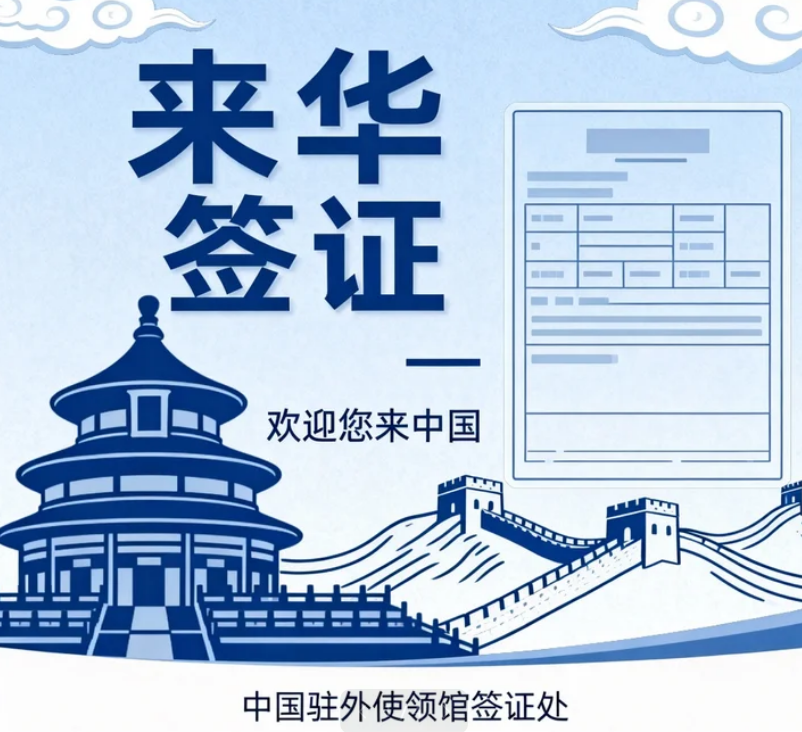
The Ultimate Guide to China's 30-Day Visa-Free Policy: Are You Eligible?
Great news for global travelers! As of November 20...
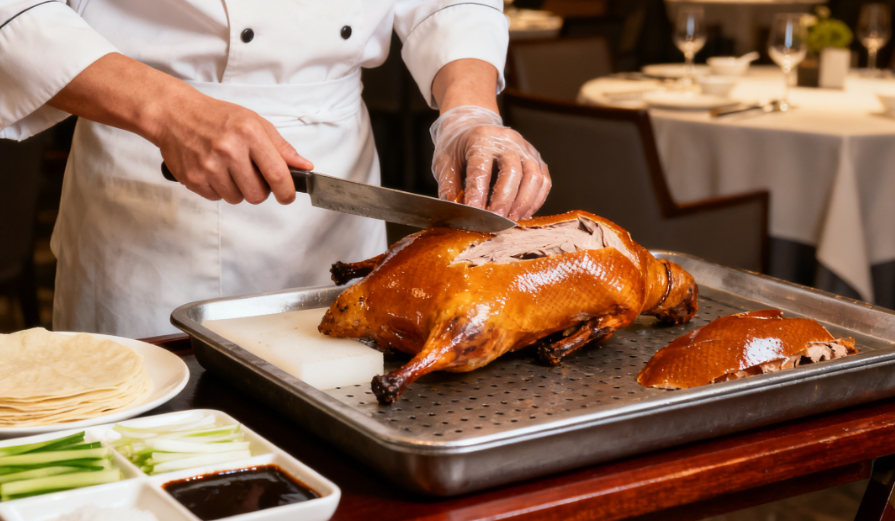
Beijing Food Guide: A Culinary Journey Through History and Flavor
Having spent over a year living in Beijing, I’ve w...
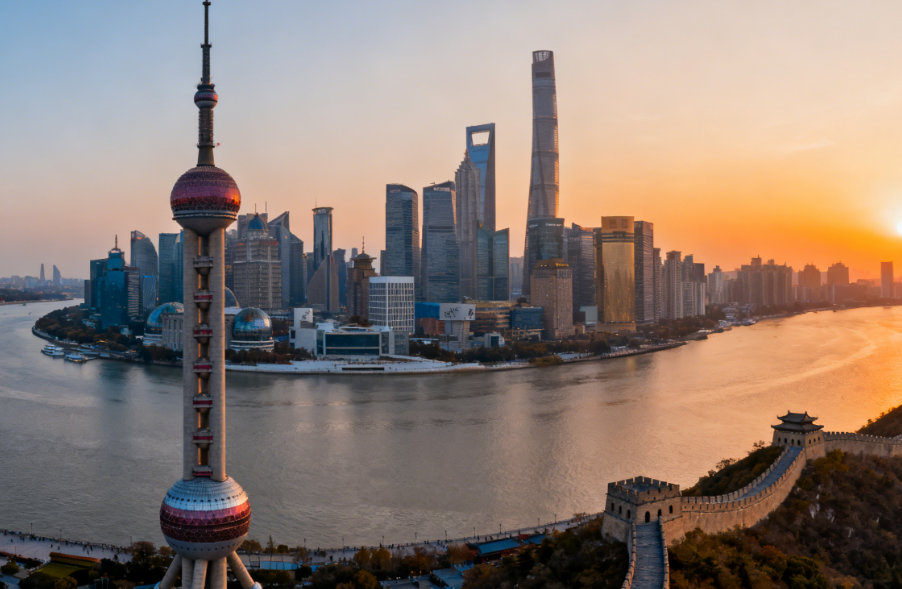
“Your Guide to Fast & Easy Payment for Chinese Consulate Services (2025)”
The document explains service fee standards for co...
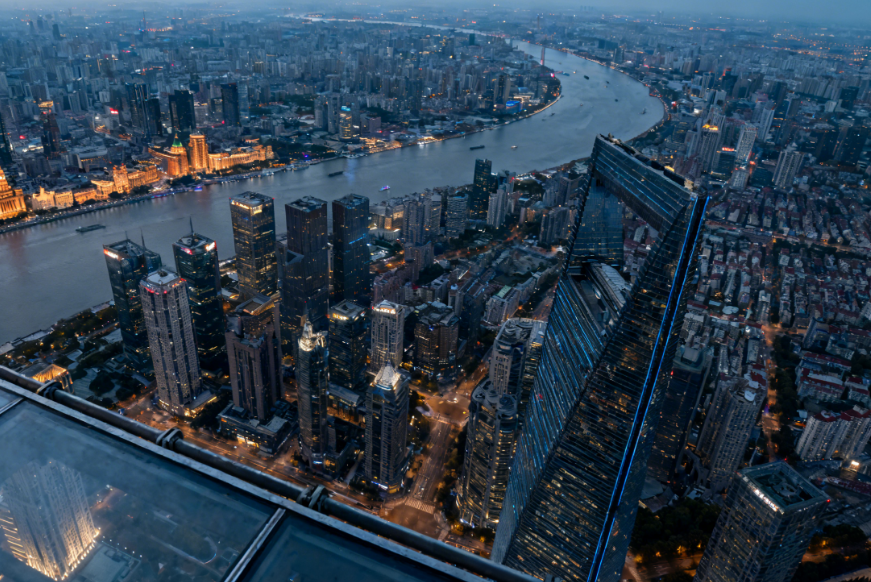
Shanghai Travel Guide: My Journey Through China’s Dynamic Metropolis
Shanghai isn’t just a financial powerhouse—it’s a ...

My Journey Through Chinese Cuisine: A Symphony of Flavors
When I first set foot in China, I knew food would ...

No Visa, No Cash, No Worries: The Ultimate Survival Guide to China in 2025
a local travel expert breaks down the revolutionar...

Walking With Emperors: Your Complete Guide to China’s Forbidden City
Step through the crimson gates of Beijing's Palace...